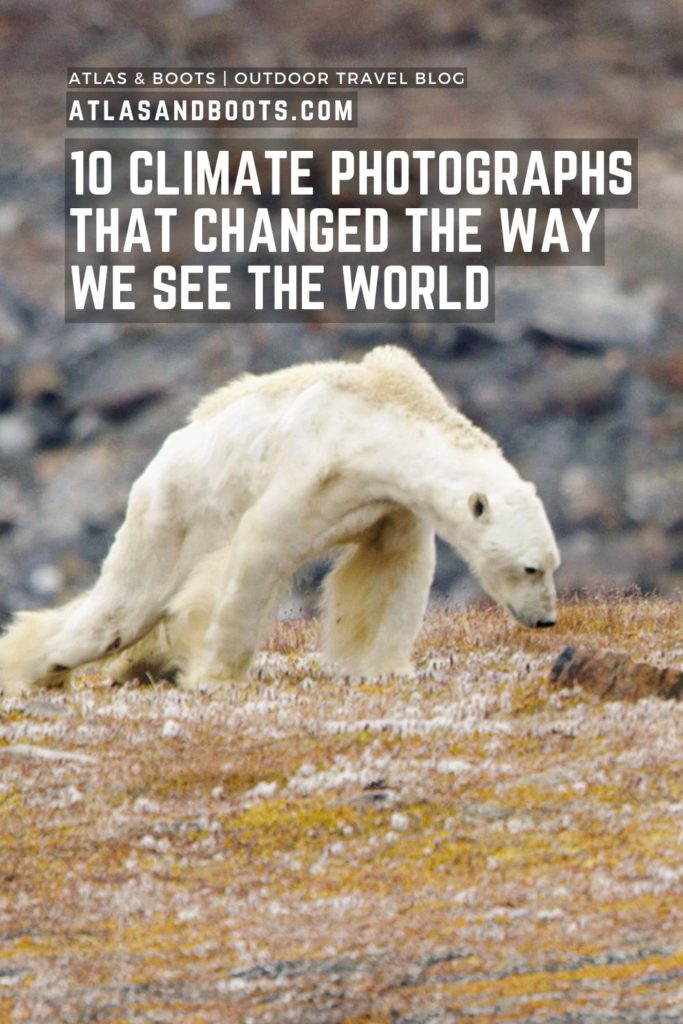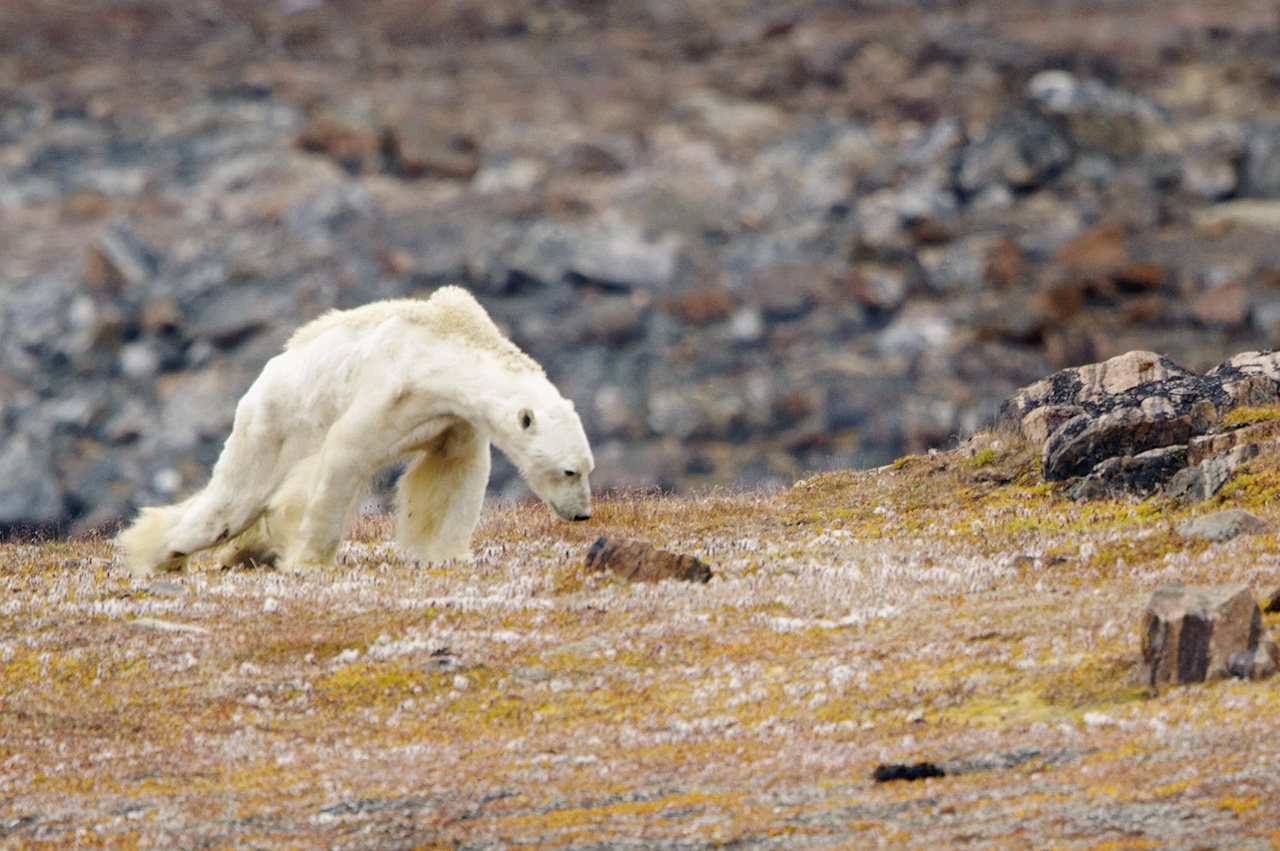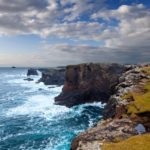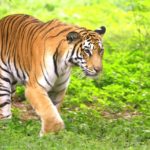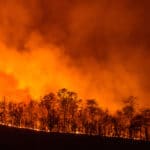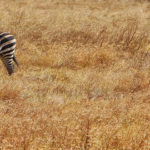From dust storm to drought, we share the climate photographs that could not be ignored
There are certain photographs that have changed the course of history. Usually, they are political: Tank Man in Tiananmen Square, Iraqi soldier on the Highway of Death, Napalm Girl in Vietnam. These photos are chilling but powerful.
Climate photographs are less celebrated but often just as powerful. Below, we chart 10 climate photographs that have brought the crisis of our times into sharp relief.
1. Earthrise
Photographer: William Anders
Date: December 1968
Location: Space
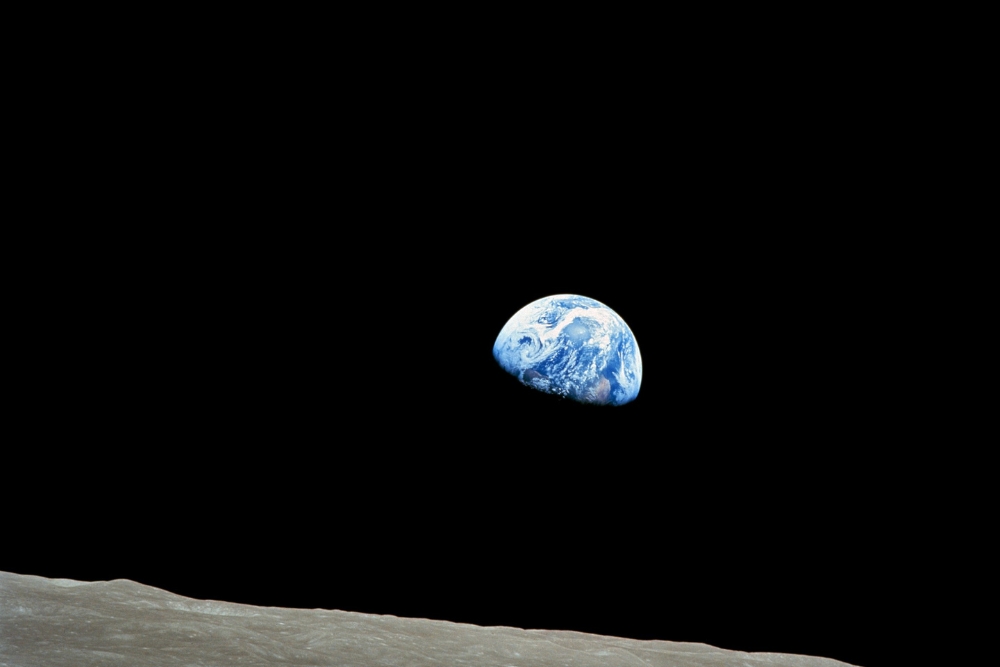
On Christmas Eve 1968, Nasa astronauts aboard Apollo 8 captured what would become one of the most iconic photographs of all time: an illuminated Earth seen above a moonscape.
It was the first colour photograph of Earth taken from space and became known as ‘Earthrise’. The image went viral and kickstarted a global environmental movement. In the US, 20 million people took to the streets to protest environmental destruction on the first ever Earth Day.
Friends of the Earth and Greenpeace were founded in 1969 and 1971 respectively and the US government established the Environmental Protection Agency in 1970. Today, Earthrise remains one of the most iconic climate photographs in history.
2. Dead albatross
Photographer: Chris Jordan
Date: September 2009
Location: Midway Island (USA), North Pacific Ocean
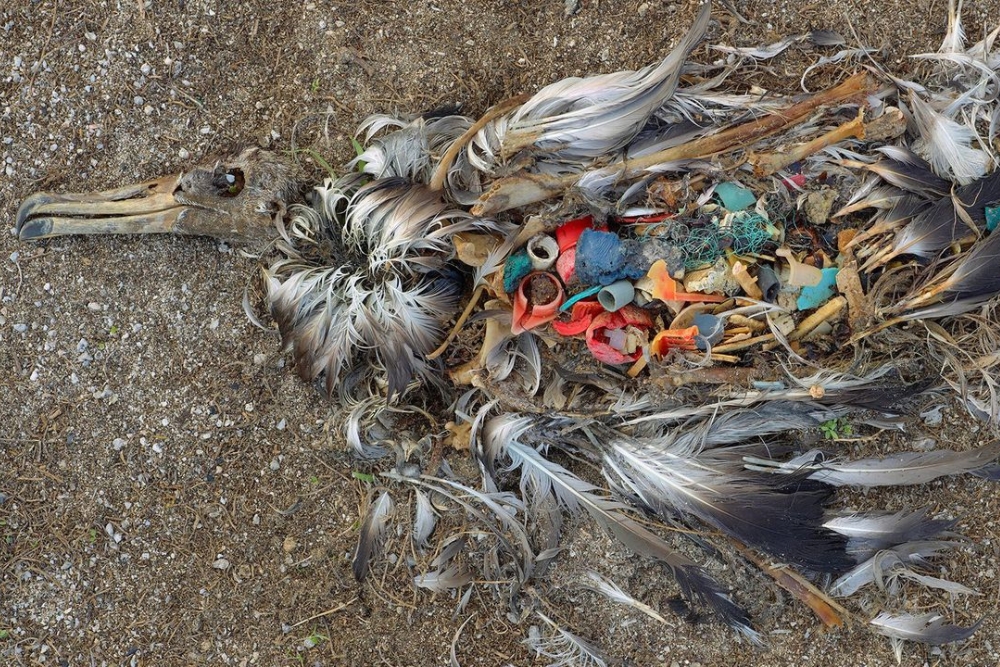
When photographer Chris Jordan heard about a tiny island in the North Pacific Ocean covered with thousands of dead birds, he became determined to photograph it. He set off to Midway Island some 1,300 miles (2,100km) northwest of Honolulu.
There, he shot the now iconic photo of a dead albatross chick with its stomach full of plastic. The image appeared in magazines and newspapers all over the world. It highlighted the devastating impact of plastic waste and made millions confront their personal role in the plastics crisis.
3. Coral bleaching
Photographer: Brett Monroe Garner
Date: March 2017
Location: Great Barrier Reef, Australia
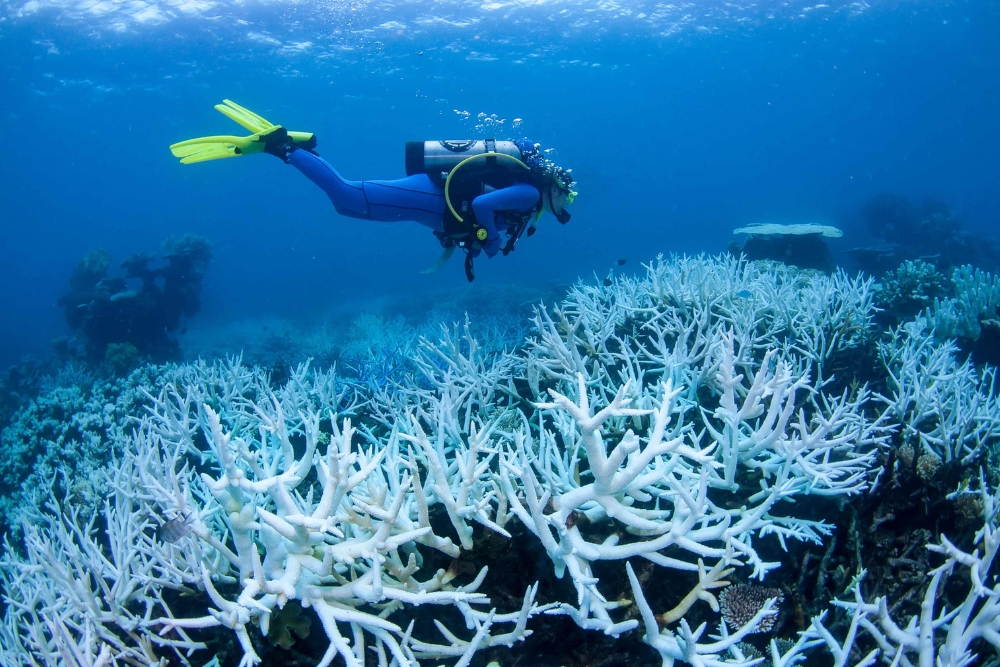
In 2014, The Guardian newspaper published an obituary for the Great Barrier Reef in Australia. Another followed in Outside magazine, this time going viral. Some scientists met this with disdain. They reasoned that if something is already declared dead, efforts to save it will cease.
In reality, the Great Barrier Reef is not dead, but it is dying. Healthy coral reefs are vibrant in colour thanks to microscopic algae which live on the coral. The coral and algae provide nutrients to each other, but when ocean temperatures increase, the algae overproduce oxygen and become a pathogen. The coral expels the algae and subsequently starves to death – as illustrated in this stark image.
4. Emaciated polar bear
Photographer: Cristina Mittermeier
Date: July 2017
Location: Baffin Island, Canada
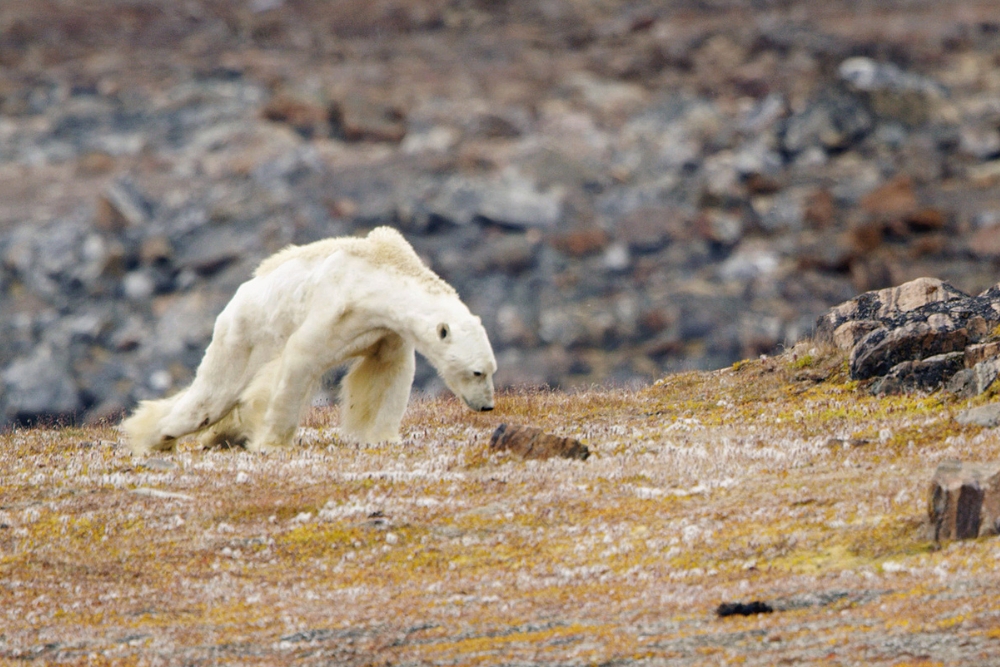
This image and the accompanying video of an emaciated polar bear foraging for food on Baffin Island in Canada was a stark reminder of human impact on the planet. The heartbreaking footage shows the polar bear searching for food in a steel bin and barely able to move across the iceless terrain.
While we can’t be certain why this bear was so sick, photographer Cristina Mittermeier highlighted that the Arctic is warming four times faster than the rest of the planet, melting the sea ice that polar bears need to survive.
5. Golfers in a wildfire
Photographer: Washington state, USA
Date: September 2017
Location: Kristi McCluer
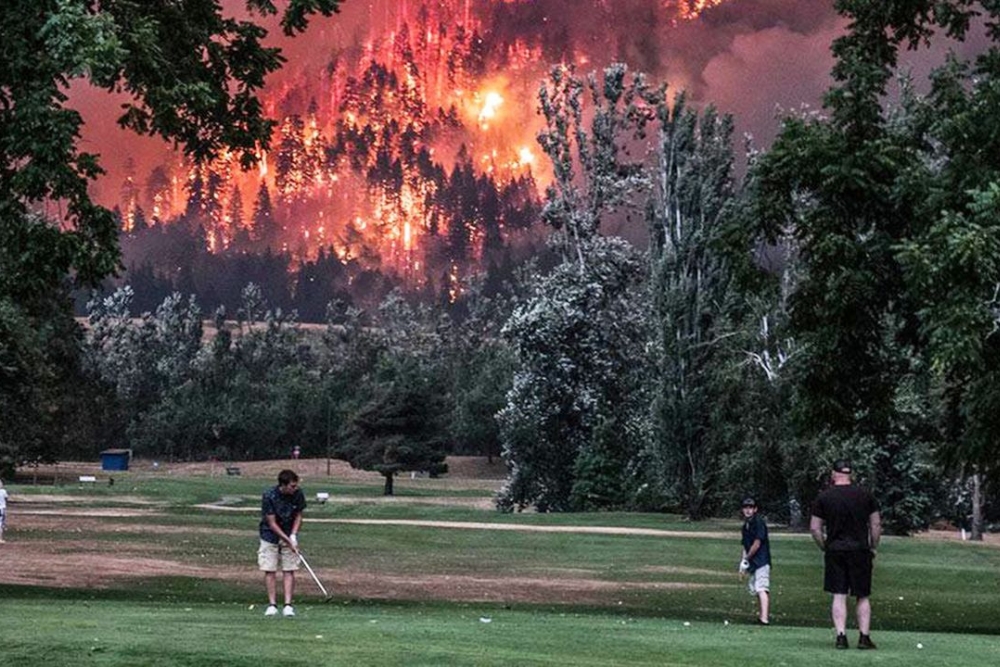
On seeing this image, David Simon, creator of The Wire, tweeted: “In the pantheon of visual metaphors for America today, this is the money shot.”
The photograph shows a group of golfers calmly playing on as a wildfire rages behind them. Amateur photographer Kristi McCluer captured the photo on the third day of a fire that burnt 50,000 acres of land across the Columbia River Gorge in Oregon and Washington.
The image may be bleak, but McCluer added context: “[The golfers] might look as if they’re oblivious to this huge thing going on behind them, but the picture is just 1/800th of a second in time. They were very concerned and talking about how terrible it was.” She added, “To me, the scene sums up how life goes on regardless.”
6. Looming iceberg
Photographer: Magnus Kristensen
Date: July 2018
Location: Greenland
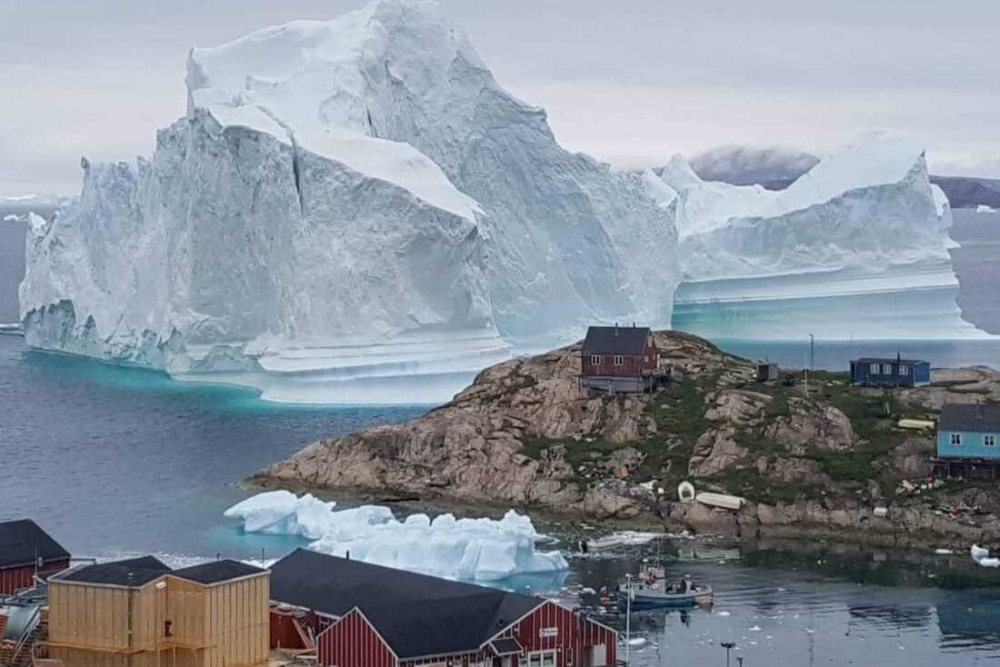
In 2018, the world watched with suspense as a 100m-tall (330ft) iceberg towered over the tiny village of Innaarsuit on the west coast of Greenland. Authorities worried that if the iceberg calved, it would cause a tsunami and destroy the settlement.
Villagers were evacuated and the wait lasted a week. Eventually, the iceberg drifted away, but as glaciers continue to melt, this type of peril will likely become more common.
7. Huskies in water
Photographer: Steffen M Olsen
Date: June 2019
Location: Greenland
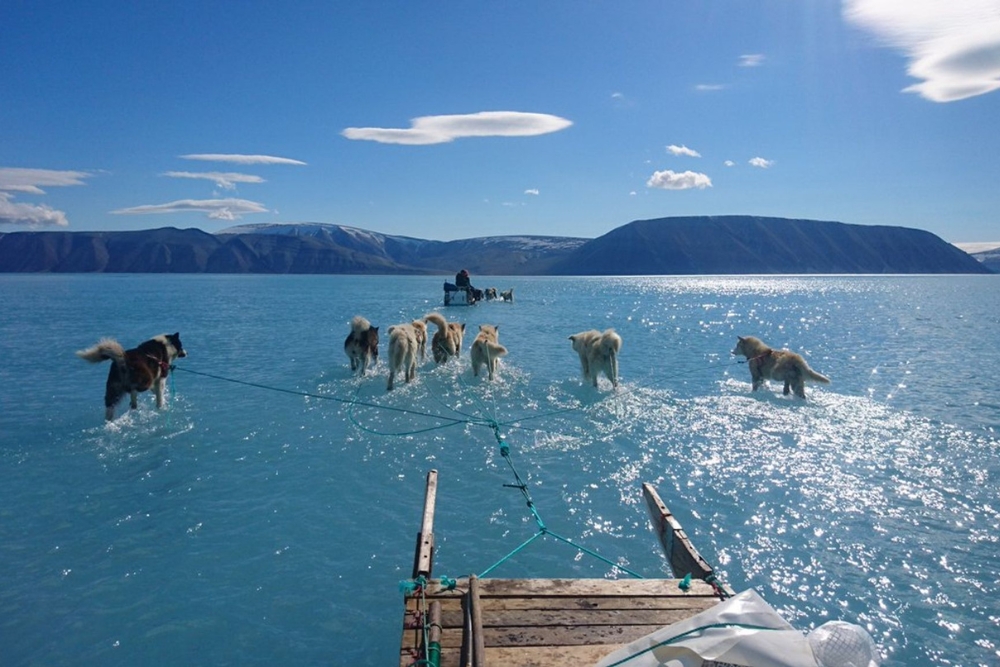
In June 2019, Steffen Olsen, a scientist with the Danish Meteorological Institute, set out to retrieve his team’s scientific instruments before the ice melted. During the failed attempt, he snapped this photo of seven huskies pulling his sledge through water.
Olsen’s team had never before seen water on the ice so early in the summer. They shared the photo on Twitter to illustrate the alarming pace at which sea ice is melting. The photo went viral and helped alert millions to the extreme events in the Arctic.
8. Burnt baby kangaroo
Photographer: Brad Fleet
Date: January 2020
Location: Adelaide Hills, Australia
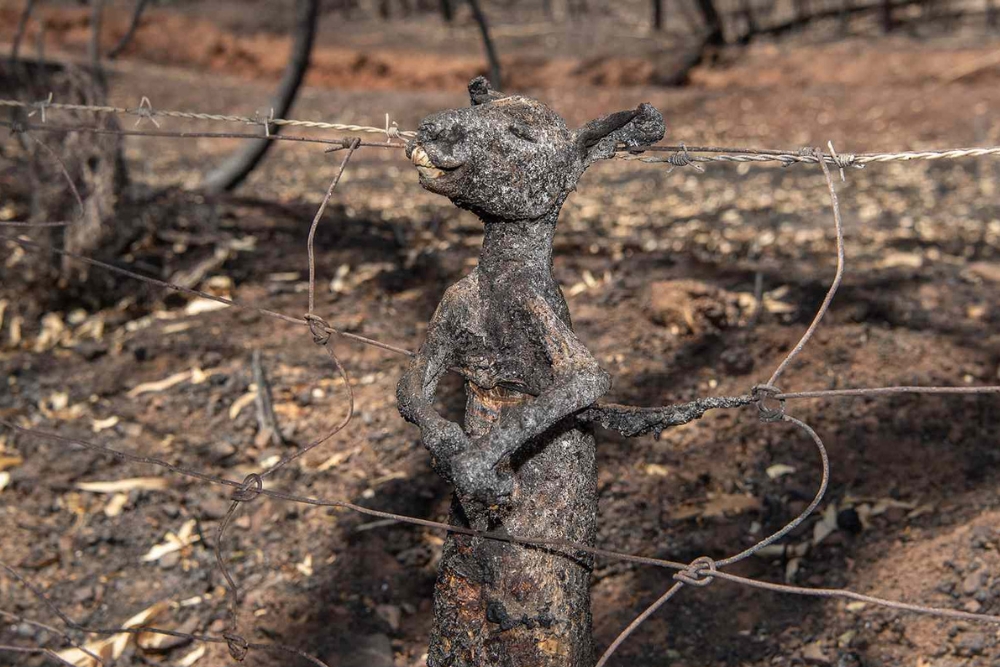
This distressing picture shows the brutal reality of Australia’s bushfire crisis. In January 2020, photographer Brad Fleet set out to capture the aftermath of the Cudlee Creek fire in Adelaide Hills, South Australia.
As he cased the devastation, he came upon this shocking scene: a baby kangaroo burnt to death after getting caught in a wire fence. The photo is especially poignant as it illustrates a double human threat: we created the fire that caused the joey to flee and the fence that trapped him.
Experts estimate that the fires killed over one billion animals in Australia.
9. Dust storm
Photographer: Jason Davies
Date: January 2020
Location: New South Wales, Australia
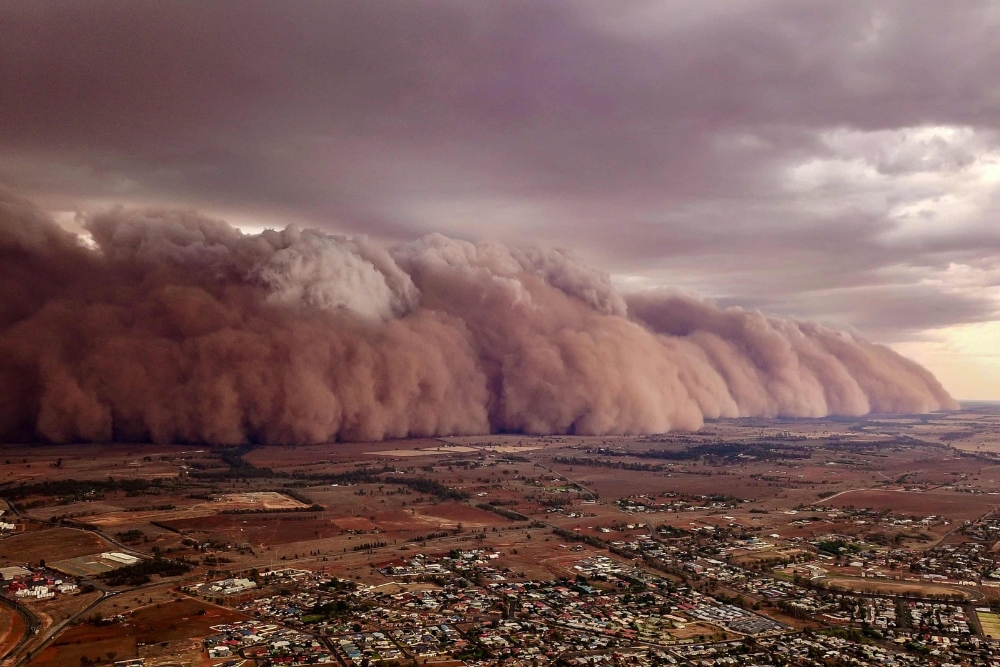
This striking image of a giant dust storm looks like a still from a disaster movie. Alas, it is entirely real. In January 2020, the skies turned orange in New South Wales as an enormous dust storm swept across the region.
While dust storms are relatively common in Australia, storms of this size are not. In this case, the storm followed a period of unusually dry weather which parched large swathes of soil. As a result, it was easier for strong winds to lift clay-, silt- and sand-sized dust particles high into the air and create these apocalyptic scenes.
10. Giraffes die of thirst
Photographer: Ed Ram
Date: December 2021
Location: Kenya

In 2021, the Horn of Africa was in the grip of a devastating drought that caused the deaths of millions of humans and animals. This aerial shot of dead giraffes in Kenya – their bodies emaciated and interwoven in a grisly spiral – brought the drought into sharp relief.
It is thought that the giraffes died after getting trapped in the mud just 10 metres away from a reservoir, which itself was nearly dry.
Locals moved the carcasses to the outskirts of Eyrib village in Wajir County to prevent contamination of the reservoir water. This is where photojournalist Ed Ram managed to snap this iconic image.
Enjoyed this post? pin it for later…
